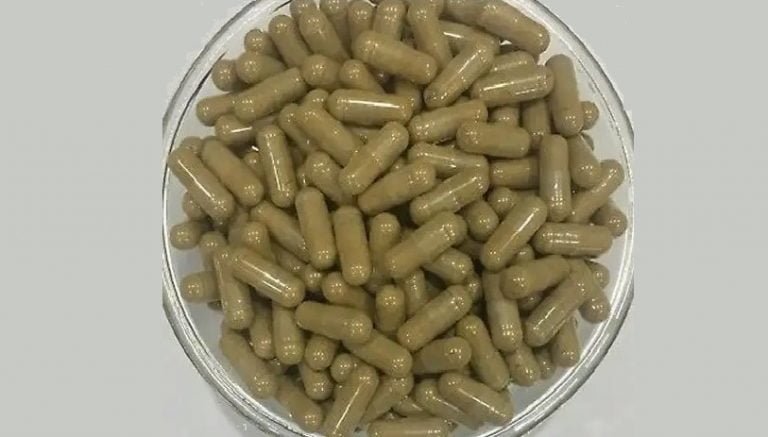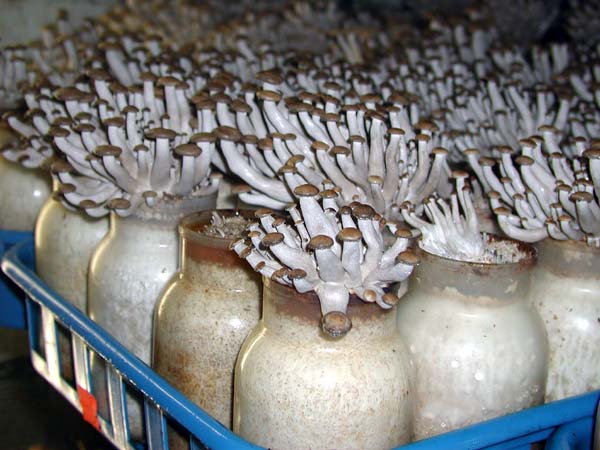Table of Content
The kit suggested that the mushrooms wouldpin in a matter of days, and it turned out to be correct. After seven days of regular mist, I had a large amount of pink oyster mushrooms. According to Nikhil Arora, co-founder of Back to the Roots, their kits will grow mushrooms until they deplete the nutrients in the substrate. Mushrooms do not like light, so make certain you keep light away from them. If you’re growing them inside your home, you are able to grow them in a closed box which will keep the light out, and also the temperature inside the box steady.
After two weeks, check the substrate to see if it has been fully colonized — the substrate should be entirely covered with what looks like white fuzz. If the substrate is colonized, you can move the pan into an environment that is dark and cool (about 55°F or 13°C). A basement usually works well for this, but a cabinet or drawer in an unheated room will work in winter. When the straw is completely dry, you’ll have to distribute into 3 strong plastic bags along with the mushroom seeds. Make sure that the seeds are evenly distributed in the bag.
Creating a Sterile Environment
Milky mushrooms are named so because they are milky white in colour. It is the only species of mushroom that is indigenous to, and cultivated in, the hot, moist climate of India. After the designated number of days, the bags are then moved to a cropping room. The bags are filled 2/3 with the substrate and 1/3 with air. Since cotton waste has more cellulose and hemi-cellulose, it can retain more moisture and eliminates the need of water in later stages of cropping.

Even if all the conditions aren’t 100% perfect the mushrooms could still grow but might be slower or not produce perfect looking fruiting bodies. Not only that, but every strain of mushroom is a little bit different which means that you never know what your gonna get. This interesting thing is many of the same mushrooms we just talked about for growing indoors can also be grown on logs as well.
Fruits
Mushrooms will continue to grow from the medium for 2-4 months, depending on how large the area is. As long as the medium has the required nutrients, they will keep growing. When the mushrooms have stopped sprouting, plant the coffee grinds outdoors under bark mulch or compost and new mushrooms may develop, depending on the weather.
Pinhead will start emerging from the openings within 2 to 7 days depending on the variety. Pasteurization of the substrate depends on the level in which farming is being done. Harvesting should be done by gently lifting, shaking and slightly twisting the mushroom from the bed. After 4 days, you can add fluorescent lights in the room.
Why India's Slowly Blooming Mushroom Sector Needs ...
To remove bacteria, boil the mushrooms for a few minutes to loosen the cellulose in the straws, which aids in their growth. The adequate environmental conditions like temperature of 28 degree Celsius, 800 lux light, 95% relative humidity and 1500 ppm carbon dioxide, are provided to the bags. You can cut the oyster mushrooms with a tool or pluck it from the substrate gently by twisting.
You can sell to grocery owners, restaurants and directly to markets. In hilly areas – March or April to September or October has the highest germination season while September or October to March or April. It can also be planted during the summer season by providing the extra moisture needed for its growth. The easiest way to grow mushrooms indoors, especially for first-timers, is to purchase a ready-made grow kit.
Keep The Mushroom Spawn Layer In A Proper Environment
The mycelia in your mushroom spawn need to spread into the substrate thoroughly before producing mushrooms. A warm temperature encourages this growth.After choosing the substrate best suited to your mushroom species, place a few handfuls of it into a baking pan. A shallow pan with a large surface area will provide the most room for your mushrooms to grow. In the second stage of cultivation, you’ll have to introduce humidity to the bags. For this step, you’ll have to keep the bags in your balcony and spray it with water for 4-5 times every day until the mushrooms start sprouting. We required urea, gypsum, bran, wheat straw, and ammonium nitrate/ ammonium sulphate for synthetic compost.
Over time, the mushroom mycelium will spread from the birch plugs throughout the log, until the entire piece of wood has been colonized. Once fully colonized, mushrooms will begin to sprout from cracks in the log. This typically takes between 9 to 12 months, but depending on temperature and humidity conditions, the mushrooms should return year after year. Over the next five to seven days, tiny mushrooms will begin to sprout.
The Button is the easiest to grow the mushroom at home. To develop this, you must follow the guidelines of the Kansas State University’s Directions. To develop the spawn you can use a inch tray, whose depth is 6 inches. If you are a vegetarian, then using button mushroom will be beneficial to you from the viewpoint of nutritional importance. Most of the use is done in India as a vegetable and pickle.
We used to sell at the farmer’s market and to a couple of local restaurants. We may have done much better with better techniques of course. Moving those logs around was like our free after-school gym workout. We also foraged for king trumpets, hen of the woods, morels, of course, all fairly easy to recognize. I really enjoyed this article and am thinking about growing some more just to eat.
It will make the work a lot easy as it comes with all the details and growing instructions. This farming is spreading all over India rapidly and mainly among the new generation farmers who want to earn more profit in less time. After, you had provided the correct amount of compost and space for your mushroom to grow. Then, provide them with enough space for your mushrooms to grow.
You will also need to preserve a stable temperature variety, because mushrooms are very susceptible to changes in temperature. In the event you do not preserve a steady temperature range, and it varies beyond around fifty to sixty degrees on the Fahrenheit scale, your mushrooms are in trouble. On the other hand that’s all that it truly takes to grow mushrooms. Place the spawn within the expanding medium and location it inside a dark, moist place. Water it regularly every day, and pretty quickly your mushrooms will be ready for harvest. It all depends on how nicely you can handle to grow them, and on the quantity of space you've available.
The spawns are inserted 2 to 2.5 cm deep in the compost with a spacing of 12 to 15 cm. The compost is spawned with fresh spawn @ 1.5% or 0.4% basis of the compost. The thickness of the beds is dictated by the season in which the cultivation is being done. On the third turning, 1.5% calcium carbonate is added to the compost and is left for fermentation for the next 2-3 days. But in case washing is required, a mix of 10 liters of water with 5-gram Potassium metabisulphite must be used to remove dirt.


No comments:
Post a Comment